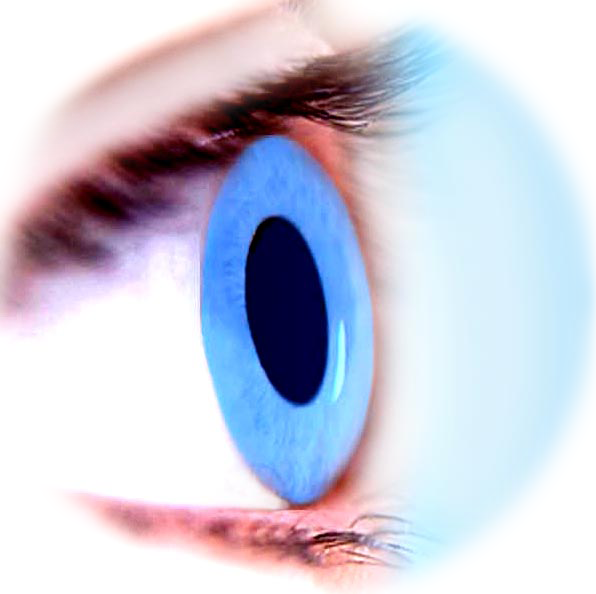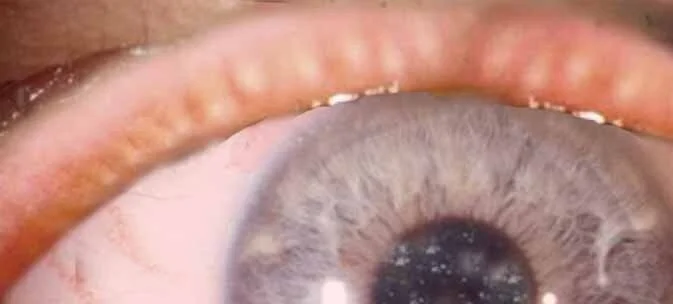Meibomian gland dysfunction (MGD) - the main cause for dry eyes has many risk factors
The Meibomian oil glands inside the eyelids are of utmost importance for a healthy eye.
Their dysfunction (MGD) is the main cause of dry eyes - it is wide-spread and increases with age
Typically the glands are clogged, then oil is missing on the tear film, the tears evaporate faster and an “evaporative eye dry” occurs
Even younger individuals may suffer from this condition, particularly in the context of concentrated computer work at the video screen. Increased concentration goes along with rare blinking and subsequent insufficient wetting of the eye. This type of Dry Eye is termed as “Office Eye”.
Intensive Computer Gaming, mainly by younger individuals leads to the related condition of a “Gamer´s Eye”.
THERAPY - Options for the improvement of gland function
Eye drops that contain oil or a lipid spray can usually help immediately
But ... above all, it is important to improve the function of the oil-producing Meibomian glands in the eyelids !
An important preventive measure for Dry Eyes during concentrated visual tasks can already be provided by an Eyelid Blink Excercise with some vigorous voluntary eyelid blinks. They express oil from the Meibomian Glands inside the Eyelids and thus improve the tear film.
=> here is more information on Prevention & Home Remedies for Dry Eyes.
The BASIC Therapy is the so-called physical lid therapy with warming, massage, and cleaning of the eyelids. This can be carried out by the patient at home.
With APPARATIVE device based therapy, physical therapy steps can typically be done faster and more effective in the practice of the ophthalmologist. This also offers some innovative novel therapy options that are only available with specialized devices.
Generally, the therapy of dry eyes due to dysfunction of the Meibomian oil glands goes along the established scheme for a staggared dry eye therapy
=> Here is more information about Meibomian gland dysfunction (MGD) and the often associated blepharitis / eyelid inflammation.





